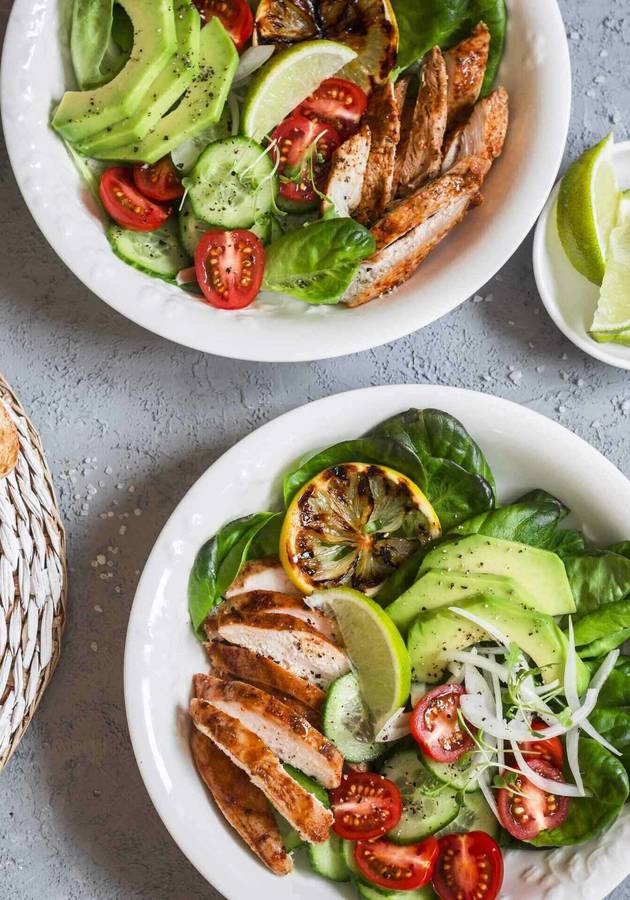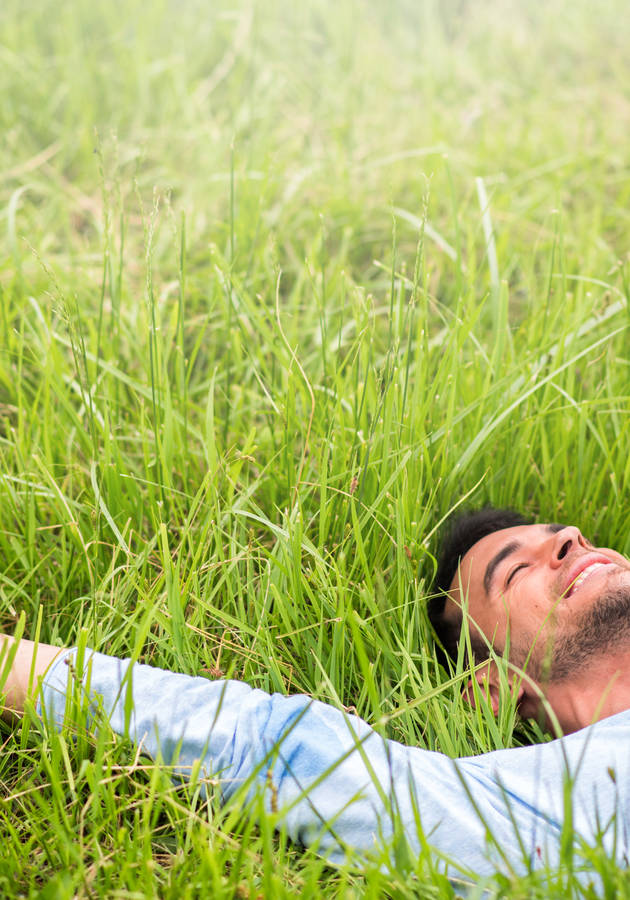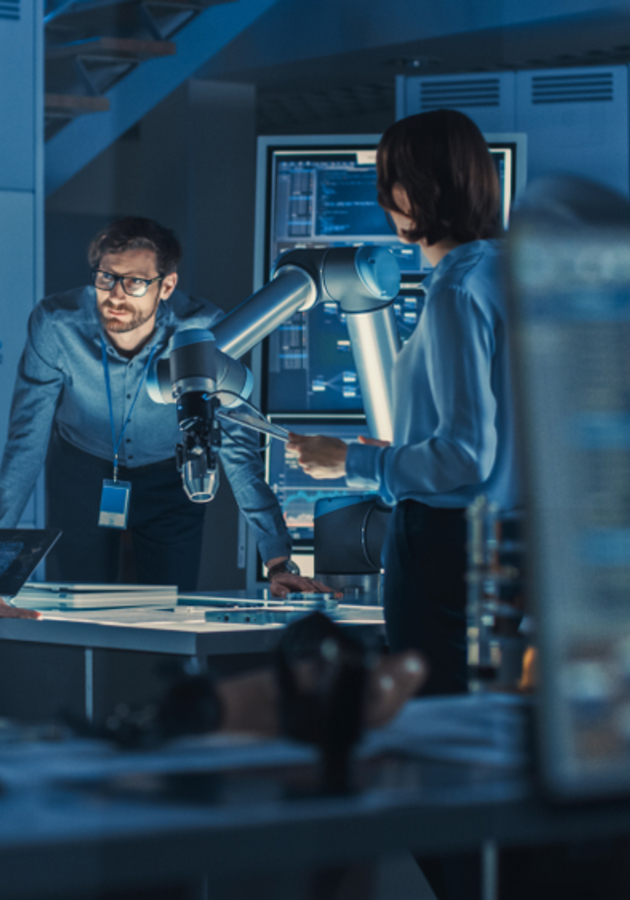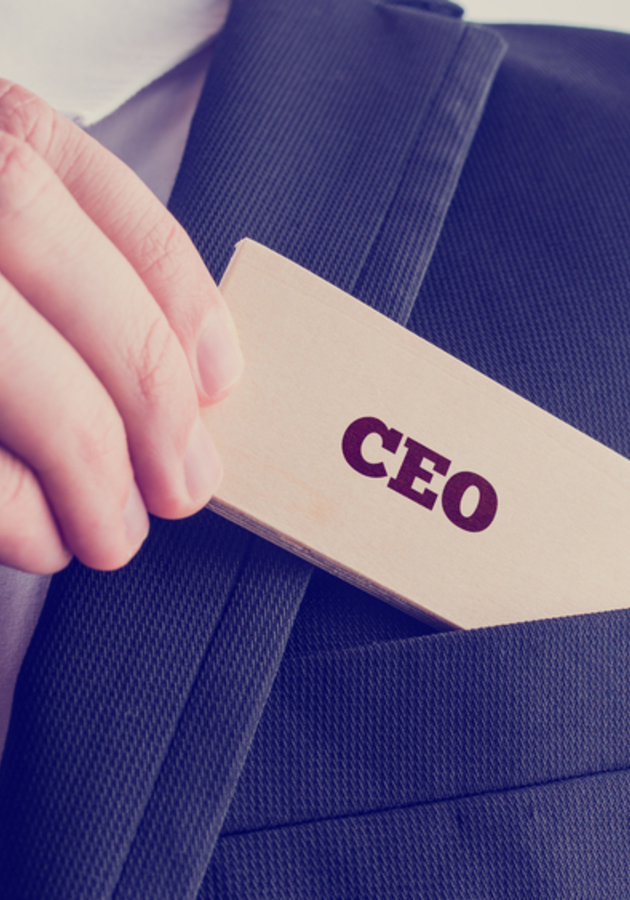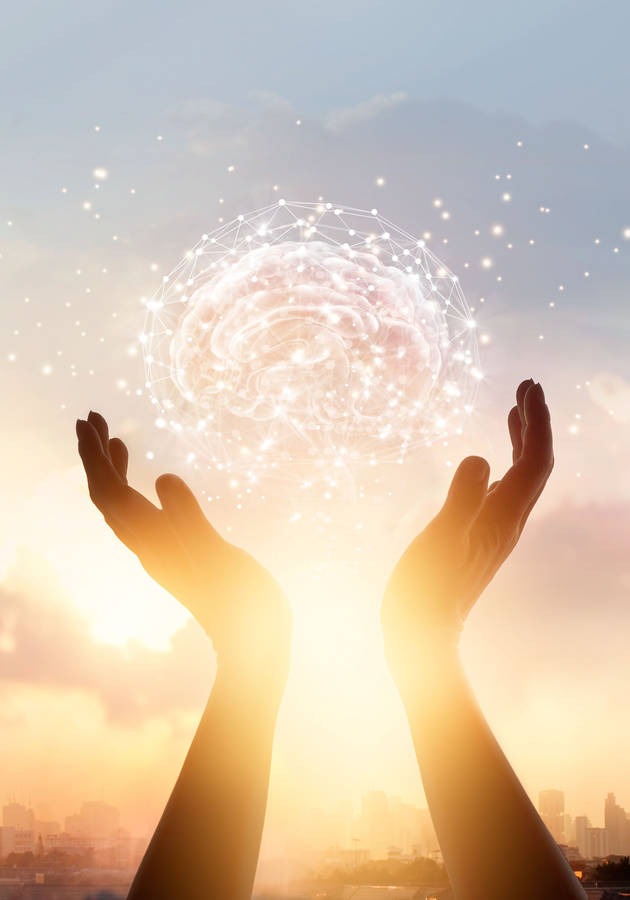In the words of its author – noted American commentator on the food industry Michael Pollan – “The Omnivore’s Dilemma” is a long and fairly involved answer to one seemingly simple question: “What should we have for dinner?” Through three journeys and four meals, the book also tries to address how answering such a simple question became so complicated. Get ready to figure out yourself – and prepare to discover why even your simplest everyday food choices have profound and wide-ranging environmental consequences.
The omnivore’s dilemma
For koalas, if something looks, smells and tastes like eucalyptus – it is dinner. For humans, at least in theory, everything can be dinner. Consequently, we have to think about food much more than koalas do. “To one degree or another,” Pollan writes, “the question of what to have for dinner assails every omnivore, and always has. When you can eat just about anything nature has to offer, deciding what you should eat will inevitably stir anxiety, especially when some of the potential foods on offer are liable to sicken or kill you. This is the omnivore’s dilemma.”
In the forests and savannahs of yore, our ancient ancestors had to grapple with this dilemma daily because, obviously, not everything is good for eating: some foods are poisonous, other foods are not nutritious enough. As a result, ancient humans had to dedicate “a vast amount of brain space and time […] to figuring out which of all the many potential dishes nature lays on are safe to eat.” So much so that “many anthropologists believe that the reason we evolved such big and intricate brains was precisely to help us deal with the omnivore’s dilemma.”
And our brain has indeed helped us. Thanks to its prodigious powers of recognition and memory – as well as its most palpable creations, language and culture – we don’t have to experiment with foods over and over again. If one discovers that a certain mushroom is poisonous, they can safely name it “death cap,” and people will know to avoid it. Moreover, if someone else finds out that lobsters are tasty and nutritious, it won’t take long before they become a part of everybody’s diet.
America’s eating disorder
Thanks to our brains and our numerous tools for transferring knowledge, the omnivore’s dilemma became less and less of a problem for humans throughout our evolution. And then, soon after the Industrial Revolution, it came back with an almost atavistic vengeance. Quite paradoxically, the richer and more abundant the country – the worse the retaliation. Therefore, nowhere has the omnivore’s dilemma wreaked such havoc as across the United States.
“The cornucopia of the American supermarket,” remarks Pollan, “has thrown us back on a bewildering food landscape where we once again have to worry that some of those tasty-looking morsels might kill us. (Perhaps not as quickly as a poisonous mushroom, but just as surely.) Certainly the extraordinary abundance of food in America complicates the whole problem of choice. At the same time, many of the tools with which people historically managed the omnivore’s dilemma have lost their sharpness here – or simply failed. As a relatively new nation drawn from many different immigrant populations, each with its own culture of food, Americans have never had a single, strong, stable culinary tradition to guide us.”
What makes things worse is that – in a developed every-man-for-himself capitalist society – the omnivore’s dilemma is not really a dilemma for everybody. For marketers and so-called food scientists, it is an opportunity to earn money. As a result, most of us don’t know what to eat anymore. Is this food good for you or not? Is it fattening because of something someone said in an article, or healthy in spite of it? Is it local or imported? Wild or farmed? Should you be a carnivore or a vegetarian? If the latter, should you be a lacto-vegetarian or a vegan? The dilemmas are endless; the answers few. “The Omnivore’s Dilemma” tries to shed some light upon both by following the three principal food chains that sustain us today: the industrial, the organic, and the hunter-gatherer.
Journey No. 1: Fast food (and the industrial food chain)
One in three American children eats fast food every single day. Unsurprisingly, fast food is the first meal Pollan focuses on – and the one he spends the most time investigating. His journeys take him to a great many states, but all of them end at the same place: the American Corn Belt in the Midwestern United States which, since the 1850s, has dominated corn production in the country. But what do McDonald’s and corn have in common?
Well, fast food is a product of the industrial food chain, at whose very beginning lies a single species: Zea mays, the giant, very adaptable and genetically robust tropical grass most Americans know as corn. Heavily subsidized by the government, corn is grown in vast quantities around the country and the world with mostly a single objective: feeding industrially-raised cattle. In fact, more than 60% of the corn produced in the United States becomes cattle feed on factory farms! A large part of the remaining corn isn’t used for food either, but mainly for the production of the additives that change the color of our food or make it taste a certain way.
Just for an illustration, eating a chicken nugget while drinking any soft drink means piling corn upon corn and washing it with some more corn. This is not an exaggeration: the chicken of any nugget consists mainly of corn, as do most of its other constituents, “including the modified corn starch that glues the thing together, the corn flour in the batter that coats it, and the corn oil in which it gets fried.” Moreover, since the 1980s, “virtually all the sodas and most of the fruit drinks sold in the supermarket have been sweetened with high-fructose corn syrup (HFCS) – after water, corn sweetener is their principal ingredient.”
It gets worse. Fast food and soft drinks are so cheap because of pesticides and veterinary antibiotics, both of which your children consume whenever you take them to McDonalds. Pollan learned this the hard way. For educational purposes, he purchased an eight-month-old calf for $598 and watched it being transformed into steak with the help of endless bushels of corn. Named 534 – because it was the 34th steer born in 1995 – the calf was forced to eat the corn despite not being evolved to digest it properly. Corn is, however, cheaper than grass, fattens cows faster and gives their meat a special kind of marble color loved by buyers. It’s an entirely different story for the calf itself, however. The corn diet gives most cows digestive problems and makes them sick. Hence the antibiotics – which, unfortunately, are never declared by vendors, though present in almost every steak you’ve ever consumed.
To top this all off, the corn cows consume is cultivated with the help of pesticides and fertilizers, which are, in turn, fossil fuel products. At the same time, similar chemicals are used to eliminate other crops and species that are potentially dangerous to crop yields. It is almost an understatement to say that the industrial food chain doesn’t care one bit about the environment, the animals or the final consumers – that is, us. Unfortunately, it is also not an exaggeration to say that most people prefer fast food to all other kinds of food. It’s not only cheap, but its taste is also globally standardized and, what’s more, addictive. There must be a better way, right?
Journey No. 2: Grass-based foods (and the organic food chain)
Much like environmentalism and feminism, the organic movement burst out of the radicalism of the 1960s. Organic, comments Pollan, is “one of several tributaries of the counterculture that ended up disappearing into the American mainstream, but not before significantly altering its course.”
If there was anything American hippies didn’t like, it was certainly Big Business. To this end, on April 20, 1969, a group of radicals calling themselves, alternatively, the Robin Hood Commission and “agrarian reformers,” set up a vegetable garden in a vacant lot owned by the University of California and started the “greening” of the counterculture. This pastoral turn initially led to the commune movement in the countryside, food co-ops and “guerilla capitalism.” Eventually, however, it resulted in the rise of industrial-organic agriculture and businesses like Whole Foods. Nowadays, the only two differences between organic farms and large-scale industrial ones is that the former do not use pesticides and their food products bear more relation to what they are advertised for. Chicken nuggets contain hardly any chicken – but you can rarely make a similar claim for any Whole Foods product.
Even so, Big Business is Big Business, and Whole Foods and similar big organic producers are even more harmful to the environment than the industrial food chain because they need even more fossil fuels to combat the inefficiency of producing such large quantities of food without using pesticides or fertilizers. So, Pollan is not that enthusiastic about his second meal, made entirely of ingredients purchased at Whole Foods. True, it tastes better, but at what cost? Eating fresh asparagus in January means importing it from Argentina with a 747. Can an American not survive without it? Have we not sacrificed another utopian dream for a sustainable ecosystem in return for uninspiring comfort?
Joel Salatin hasn’t. A self-described “Christian-conservative-libertarian-environmentalist-lunatic farmer,” he still hasn’t given up on the hippy anti-governmental model of a new cooperative society built from the ground up. To this end, he has set up an idyllic, “beyond organic” farm called Polyface, where he employs environmentally responsible, ecologically beneficial, and sustainable grass-based agriculture to produce meat and related products which he then sends only to locations within a 4-hour drive of his farm. Salatin’s system is truly organic and in tune with nature, as a result of which his products are more delicious and more nutritious than all the others. Unfortunately, it is also not easily scalable, and he himself cannot answer how Polyface-like farms would ever feed the entire human population.
Journey No. 3: Pollan’s perfect meal (and the neo-Paleolithic food chain)
For his final meal, Pollan goes simultaneously a step further than Salatin in his goals and takes several steps backward in his methods – to the beginnings of history and our most ancient past. More specifically, he decides to become a hunter-gatherer and prepare a meal from ingredients hunted and foraged by himself. His rules for this meal are quite simple:
- Everything on the menu must be hunted, gathered, or grown by him.
- The menu should feature at least one representative of each edible kingdom: animal, vegetable, and fungus, as well as an edible mineral (the salt).
- Everything served must be in season and fresh.
- No money may be spent on the meal.
- The meal must be cooked personally, by himself.
With this in mind, Pollan finds a guide in Angelo Garro, “a stout, burly Italian with a five-day beard, sleepy brown eyes, and a passion verging on obsession about the getting and preparing of food.” With his help, he learns how to hunt for wild pigs, and successfully shoots one. A few days later, he goes fishing for abalone – a large mollusk that grows on the undersides of underwater rocks along the Pacific coast. He also learns to forage for chanterelles – some of the most popular of the wild edible mushrooms – and to make his own bread using wild yeast. His meal also includes cherries picked from a local tree and fava beans from a nearby garden. All in all, it’s a delicacy of the highest order, a meal even princes would fawn for – or, in the words of Pollan – “the perfect meal.”
Pollan’s perfect meal is the exact opposite of a McDonald’s happy meal: it mirrors the diversity of nature, it is based on a nearly perfect knowledge of its ingredients, and while quite costly on an individual level, it creates only minimal harm to the planet. Unfortunately, it is also produced in a way that is completely unsustainable. Making it further opened Pollan’s eyes to the nature of our meals – what they are, where they come from and how much they really cost. He would be grateful if all of us, once again, knew these few quite unremarkable things. In that case, he concludes, “we would no longer need any reminding that however we choose to feed ourselves, we eat by the grace of nature, not industry, and what we’re eating is never anything more or less than the body of the world.”
Final Notes
“The Omnivore’s Dilemma” should come with a warning: you won’t feel the same about your food after reading this. Widely and rightly praised, it is one of those rare books that can really change your life.
12min Tip
Try to be more interested in what you eat, and how those products reached your plate. The quality of millions of lives – both human and animal – depend on it.
